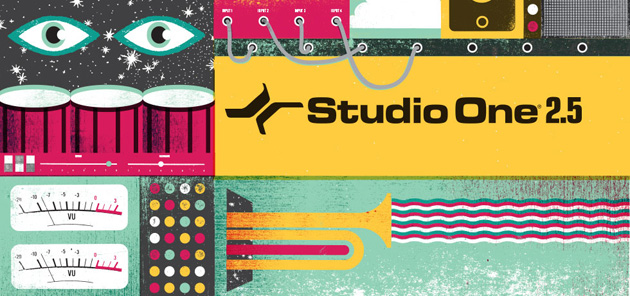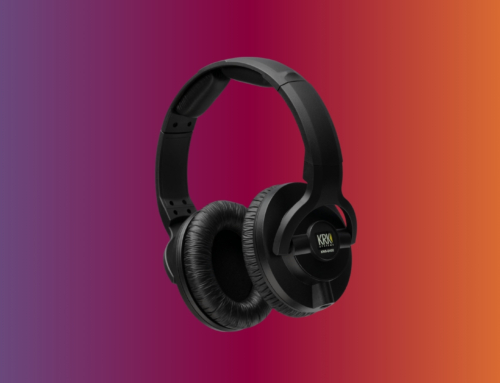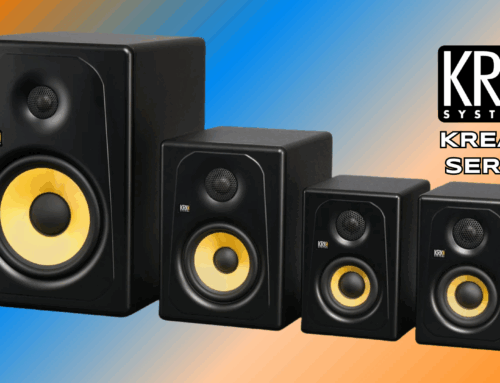After extensive experience with unconventional DAWs like Reason with its virtual rack and Ableton with its clip launcher interface, I was hesitant to return to what I consider to be the boring way of doing things – dragging around clips on a timeline, cutting and pasting without a distinctive edge to make the process easy and entertaining. For Studio One 2 by PreSonus, however, I am happy to make an exception.
Studio One 2 comes in four different varieties: Free, Artist, Producer, and Professional, with each additional bump in cost offering a plethora of new features (check out the differences at www.presonus.com). I was fortunate enough to get the chance to play with Studio One 2.5 Professional, the latest and greatest version of the Studio One software – and boy, was I blown away.
Studio One’s overall organization is perhaps one of its most defining features. In the Professional version, users are given the option of choosing between the “Song” and “Project” workspaces, where “Song” behaves mostly like a traditional DAW (e.g. Logic, Pro Tools, and Cubase). My favorite part of Studio One, however, is the “Project” workspace, which is designed to help you create the best album, EP, or digital release possible. Though it’s only available in the Professional version, this feature alone is worth the upgrade in price! Whereas “Song” lets you focus on one track at a time, “Project” allows you to rearrange and playback your songs on a shared timeline and provides a plethora of mastering tools to help you achieve a consistent sound between your tracks. This full mastering solution is unlike anything I’ve encountered before – you really have to see it to believe it.
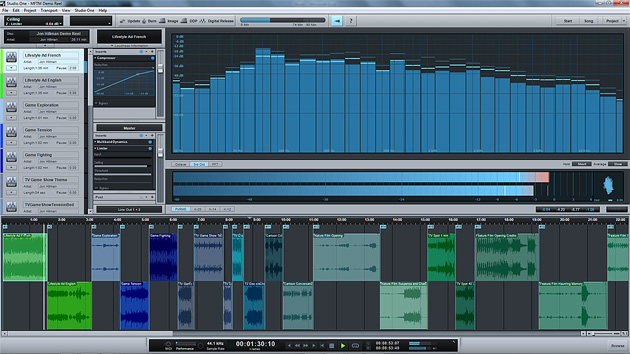
From there, built-in CD burning and SoundCloud integration help you along with your release without ever having to leave the program. Additional integration with Nimbit helps you market and sell your tracks from within the program – you don’t even have to switch windows to post to Facebook and Twitter and make some sales of the tracks you’ve just created. Studio One is also notable in that it lets you keep multiple songs and projects running in the background so you can easily hop between songs to make edits without waiting for things to load over and over again. The “Start” page serves as a perfect launch point to browse and dive into your songs and projects, and is accessible at any time for quick navigation of your portfolio. PreSonus has also included some nifty templates in the Start menu such as “Band Recording”, “Singer/Songwriter”, “House/Techno”, and “Piano Ballad” to help you get started without having to worry about too much technical setup.
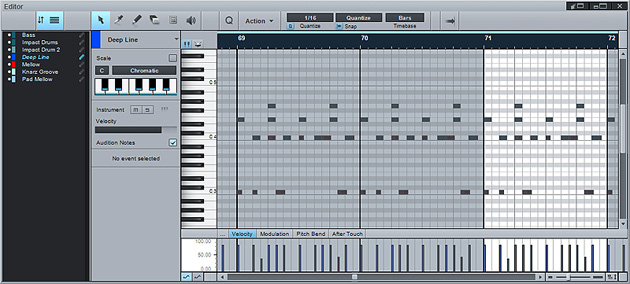
Setup for Studio One is easy, by the way, thanks to a relatively minimal Options menu which covers the basics of file management, audio interface setup, and MIDI device configuration without too much clutter or minutia. Everything is of course adjustable one way or another; I’m just pleased that first-time users aren’t bombarded with technical details in order to get everything up and running for the first time.
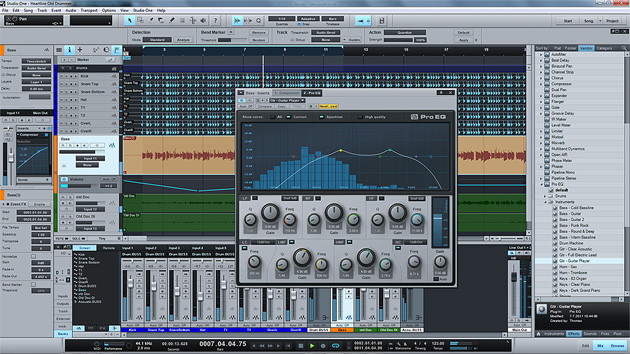
Despite an almost overwhelming amount of features to aid in any facet of music production, Studio One manages to have a charming and relatively clean GUI with a user-friendly layout. Within the “Song” workspace, the bare-bones view shows only your song’s instrument tracks and their timelines, a minimal transport at the bottom consisting of time information and basic controls, and a smattering of editing tools along the top of the screen. With the click of a button you can bring up the browser on the right, which is divided into five tabs: Instruments, Effects, Sounds, Files, and Pool. Pool is a cool addition to my workflow; rather than sending me hunting through my timelines for certain stems, takes, or FX I’ve used in my song, Studio One pools all the wavs together into one place, with the ability to sort by individual track. Talk about helpful! At the bottom of the screen, users have the option to activate either an Edit or Mix view. Edit provides waveform or MIDI information about a selected sound, and Mix provides a virtual mixer view with peak-hold level meters and virtual faders. This view also gives you an overview of the inserts and sends assigned to each track (which is, of course, collapsible).
With a whole slew of audio editing icons and optional toolbars with even more ways to tweak your recordings or samples, Studio One reminds me of Photoshop made for audio. This program avoids being overly busy, however, thanks to its modular nature. Everything is accessible with alternating choices of collapsible windows and tabs, such as those found in the Browser. VST plugins, for example, are layered in a series of tabs within a single window, the order of the tabs corresponding to the order in which audio is processed.
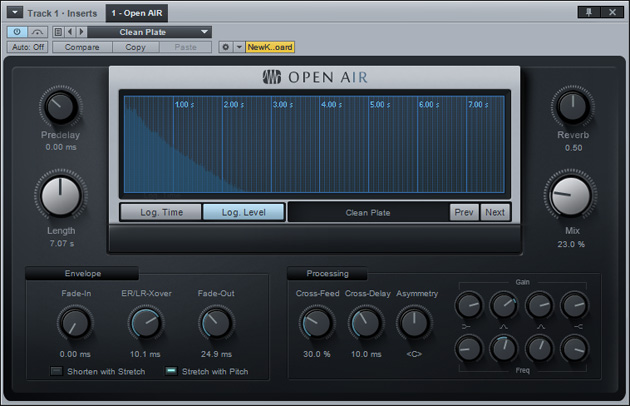
Speaking of VSTs (and AUs for Mac users), Studio One includes some easy-to-use DSP tools for crafting the perfect mix. Under the Instruments tab, three samplers and one synthesizer come pre-loaded, and a multitude of effects are available as well, including guitar amp modeling plugins which really do a great job of capturing a wide variety of tones when live amps aren’t an option. While these tools are all you’ll get (and really all you need) in the Free and Artist versions of Studio One, the Producer and Professional editions allow you to use any third-party VST or AU you choose. Version 2.5 also includes a Softube Saturation knob, designed to give a virtual tube feel to either single instruments or the mix as a whole. Studio One 2 Professional also has a fantastic in-app integration with Melodyne, a pitch recognition and correction software which is remarkably easy to use despite its amazing power.
Another great aspect of Studio One 2.5 is that the updates applied from Studio One 2 come at no cost. This includes seamless and intuitive track comping to help you get the best sound from your recorded takes and faster multi-channel audio export for grabbing stems for easy mastering and remixing.

While I’m hesitant to leave my trusted DAWs for software which on the surface seems to take a rather conventional approach to music arrangement, features like the “Project” workspace alone in Studio One 2 Professional make the whole experience worth it. The ease with which Studio One 2 keeps everything together, from the “Project” timeline in the Professional version to the easily navigable browser and its Pool folder, makes the user experience pleasant and hassle-free. Not convinced? Try the Free version, which comes with a 30-day trial of the features that make Professional so great.
